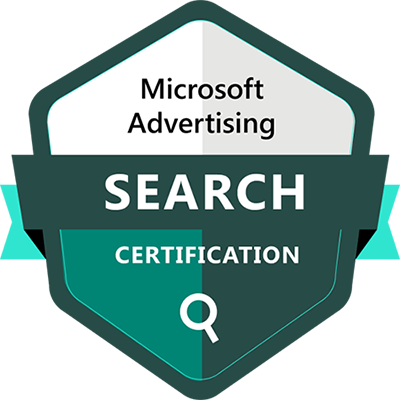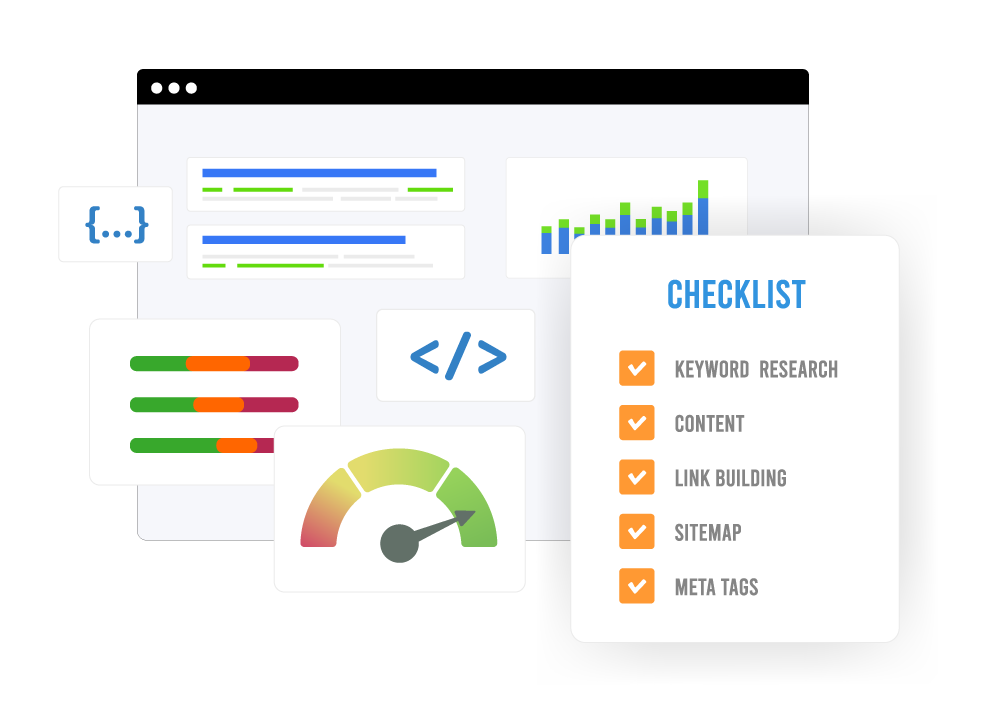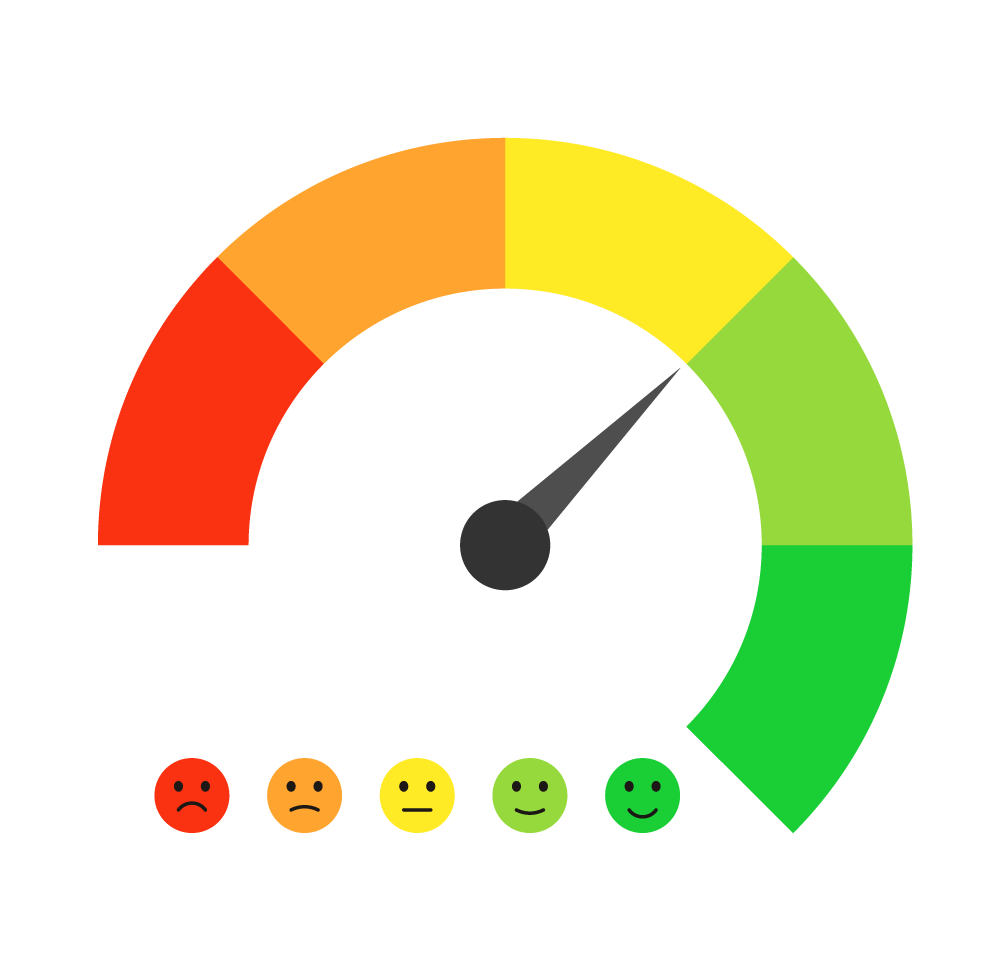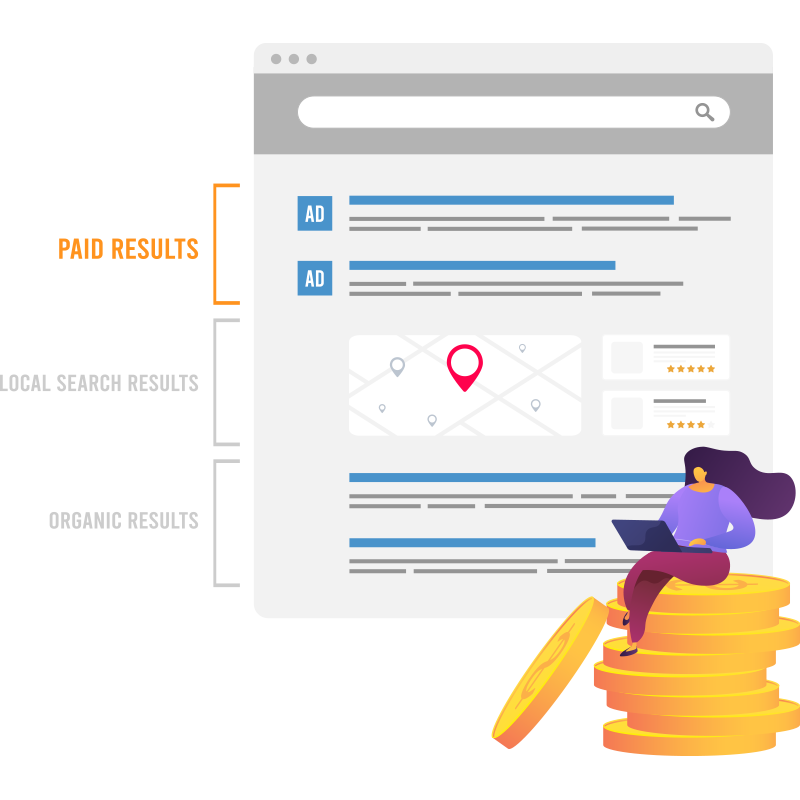On Page SEO
Elevate Practice Success Strategic Effective Essential
On-page SEO is the cornerstone of any successful digital marketing strategy, ensuring your website’s content resonates with both search engines and users. By optimizing elements directly within your control, you can significantly enhance your site’s visibility and user experience.
With on-page SEO, you’re not merely optimizing a website but constructing a lighthouse for your brand in the digital world.





Benefits of Effective On-Page SEO
Boost Your Site's Visibility with On-Page SEO
Efficient on-page SEO is a transformative strategy for any website. Optimizing each page of your site can provide amazing benefits. Some of these include:
Increased Organic Traffic
By improving your site's visibility in search engine results pages (SERPs), on-page SEO attracts more organic traffic. This is traffic that comes naturally from search engines, not paid advertising.
Support for Other Marketing Efforts
A well-optimized page can support and enhance other marketing strategies, such as social media marketing, content marketing, and even offline marketing efforts.
Better Crawl Efficiency for Search Engines
On-page SEO helps search engine bots crawl and index your website more effectively. This includes optimizing your site's structure and providing clear sitemaps.
What is On-Page SEO
Exploring the Fundamentals of On-Page SEO

On-page SEO is the method of fine-tuning individual web pages to ascend the search engine rankings and draw more relevant traffic.
This process is about crafting a unified and enjoyable user experience with well-structured, informative, and fresh content.
Every element, from meta descriptions that summarize your content to the visual appeal of your images, plays a crucial role in on-page SEO.
Key Components of On-Page SEO
Crucial Elements for On-Page SEO Success
Improved Search Engine Rankings
Through on-page SEO efforts, your website can become a beacon for search engines. This involves keyword integration, HTML structure refinement, and understanding SEO factors.
By strategically placing primary keywords and avoiding keyword stuffing, your website’s visibility improves, propelling it up the search rankings.
Regularly monitoring keyword rankings using keyword research tools and making adjustments based on search volume and keyword difficulty ensures your website stays relevant, attracting more organic traffic.
Enhanced User Experience
On-page SEO directly impacts user experience. Optimizing for search engines involves creating user-centric content, ensuring fast load times, and making navigation intuitive with a clear architecture of headings and easy-to-use internal links.
It also includes fresh content that answers search queries and matches search intent, incorporating relevant keywords naturally.
These efforts result in a more engaging and satisfying experience for internet users, reducing bounce rates and increasing the time visitors spend on your site.
A well-optimized site also displays well on various devices, including mobile, enhancing user interaction across different platforms. A positive user experience ultimately leads to higher retention, engagement, and conversion rates.
Increased Organic Traffic
Increased organic traffic is one of the most significant components of effective on-page SEO. By optimizing various elements of your web pages, you enhance your site’s visibility in search engine results. This visibility is key to attracting more visitors without relying on paid advertising.
When your site ranks higher in search engine results for relevant keywords, it becomes more accessible to a larger audience actively searching for information or services related to your content.
This means the traffic you receive is not just higher in volume but also more targeted and likely to engage with your site, as these visitors are already interested in what you have to offer.

Our On-Page SEO Services
Elevate Your Website with Our SEO Expertise

Comprehensive Website Analysis
Think of this as your site’s health check-up. Our comprehensive website analysis process involves:
- Utilizing advanced SEO tools like Google Analytics and Google Search Console to gain valuable insights into your website’s performance.
- Analyzing your website’s SEO-friendly URLs to ensure they are optimized for search engines.
- Evaluating the effectiveness of your outbound links and inbound links while identifying opportunities for link building.
- Assessing your website’s load times and providing recommendations for improvement.
- Examining the bounce rate to understand user interaction and engagement with your site.
- Checking for duplicate content that could potentially harm your search engine rankings.
Keyword Research and Optimization
Keywords are the compass that guides internet users to your site. This includes:
- Using advanced keyword research tools to identify long-tail and primary keywords relevant to your business.
- Analyzing organic search volume and keyword difficulty to select the most effective keywords.
- Implementing primary keywords strategically in blog posts and other types of content.
- On-page optimization efforts that balance keyword density and avoid keyword stuffing.
- Effective methods to track keyword rankings and measure the success of SEO efforts.
Content Optimization
Content is king, and we’re the kingmakers. Our content optimization process involves:
- Creating fresh content that answers search queries and matches search intent.
- Incorporating primary and long-tail keywords naturally into the content for search engines.
- Regularly updating content to keep it fresh and relevant.
- Visual content optimization for search engine crawlers that also improves the user experience.
- Ensuring the content is mobile-friendly for mobile users.
Meta Tags and Descriptions
These behind-the-scenes heroes can make or break a user’s decision to click. This includes:
- Crafting meta descriptions that summarize your content effectively for search engine crawlers.
- Optimizing meta tags for relevant search terms to improve search rankings.
- Using rich snippets to provide more information to internet users and search engines.
- Ensuring click-through rates are maximized by compelling meta descriptions.
URL Structure and Navigation
A clear path leads to a better journey for users and crawlers. We optimize URL structure and navigation by:
- Creating SEO-friendly URLs that are easy to understand for both users and search engines.
- Enhancing site navigation to improve user experience and reduce bounce rate.
- Implementing internal links strategically to guide users through your website.
- Ensuring the website architecture is logical and easy to follow.
Mobile Optimization
With the world in their pockets, users demand a mobile experience that’s second to none. Effective mobile optimization involves:
- Conducting Google’s mobile-friendly test to ensure your website performs well on mobile devices.
- Adapting the layout and content for seamless viewing on smaller screens.
- Optimizing the website for different types of mobile devices to reach a wider audience.
- Ensuring the website load times are optimized for mobile users.
Page Load Speed Optimization
Time is of the essence, and a slow site is a surefire way to turn potential visitors away. A good page load speed optimization process includes:
- Using tools like PageSpeed Insights to identify areas for improvement.
- Implementing technical optimization strategies to reduce loading time.
- Optimizing image file sizes to improve load times without compromising on quality.
- Ensuring a smooth and fast user experience to increase user satisfaction and retention.
Image Optimization
A picture is worth a thousand words, but only if it loads quickly. Optimizing images for your site involves:
- Using SEO practices for image file names and alt text to improve image search rankings.
- Implementing lazy loading for images to improve page load speed.
- Balancing image quality with file size for efficient web performance.
- Ensuring images are visually appealing and relevant to the subject matter.
Why Choose Our On-Page SEO Services
Choosing Us: Your On-Page SEO Advantage
Expertise and Experience
- Decades of Digital Marketing Mastery: With nearly two decades in the field, we have developed a deep understanding of search engine optimization (SEO) and digital marketing, making us experts in enhancing search engine rankings and organic search visibility.
- Comprehensive Knowledge of On-Page SEO: Our team is proficient in all aspects of on-page SEO, from optimizing content for search engines to ensuring a website’s architecture aids search engine crawlers.
- Adaptation to Evolving SEO Practices: We are constantly updating our strategies to align with the latest trends and changes in search engine algorithms and user behavior.
Customized Strategies
- Tailored On-Page SEO Approaches: Recognizing that each website has unique needs, we develop customized SEO strategies, focusing on target keywords, user experience, and relevance to specific search queries.
- Data-Driven Methodologies: We only use the most advanced keyword research tools to ensure our SEO efforts match the specific requirements of your website.
- Holistic View of Digital Presence: We integrate on-page SEO with overall content marketing strategy, social media marketing, and off-page SEO for a comprehensive approach.
Proven Track Record
- Evidence of Success with Medical Practices: Our history of working successfully with top medical practices showcases our ability to deliver measurable improvements in search rankings and organic traffic.
- Case Studies and Testimonials: Our clients offer concrete examples and feedback to demonstrate the effectiveness of our SEO strategies in the highly competitive digital marketing landscape.
- Transparent Reporting and Analytics: Using tools like Google Analytics and Google Search Console, we provide clear, understandable data showing the impact of our SEO efforts.
Ongoing Support and Analysis
- Continuous SEO Optimization: Acknowledging that SEO is an ongoing process, we provide persistent support and regular updates to adapt to the ever-changing search engine market.
- Regular Performance Reviews: We conduct frequent analyses to track the progress of your SEO campaign, ensuring that goals are being met and adjusting strategies as needed.
- Responsive to Search Engine Updates: Our team stays ahead of changes in search engine algorithms and user search habits to maintain and enhance your website’s relevance and ranking.

Getting Started with Our On-Page SEO Services
Embark on Your On-Page SEO Journey Today
Ready to take your on-page SEO to the next level? Here’s how to get started:
Initial Consultation
Our initial consultation is all about understanding your needs, goals, and the current state of your site’s SEO.
Service Packages and Pricing
We have a range of service options to fit any budget. They are all designed to deliver maximum impact in a timely manner.
Implementation Process
Once we’ve mapped out your strategy, it’s go time. We’ll roll up our sleeves and get to work, implementing on-page SEO changes that will set your site up for success.
Case Studies and Success Stories
Proven Success: Our On-Page SEO Case Studies

Nothing speaks louder than success, and our case studies are a testament to the transformative power of our on-page SEO services. Here’s a glimpse of what we’ve achieved:
Our clients’ testimonials speak volumes about the effectiveness of our efforts. They’ve seen firsthand the difference our on-page SEO services can make.
The proof is in the numbers. Our case studies are full of performance metrics that showcase the tangible results we’ve delivered, from skyrocketing search rankings to surges in organic traffic.
OUR CLIENTS
Unparalleled visibility & performance


Becker Rhinoplasty Center

Past-President, AAFPRS

Vitenas Cosmetic Surgery
FAQs About On-Page SEO
Frequently Asked Questions